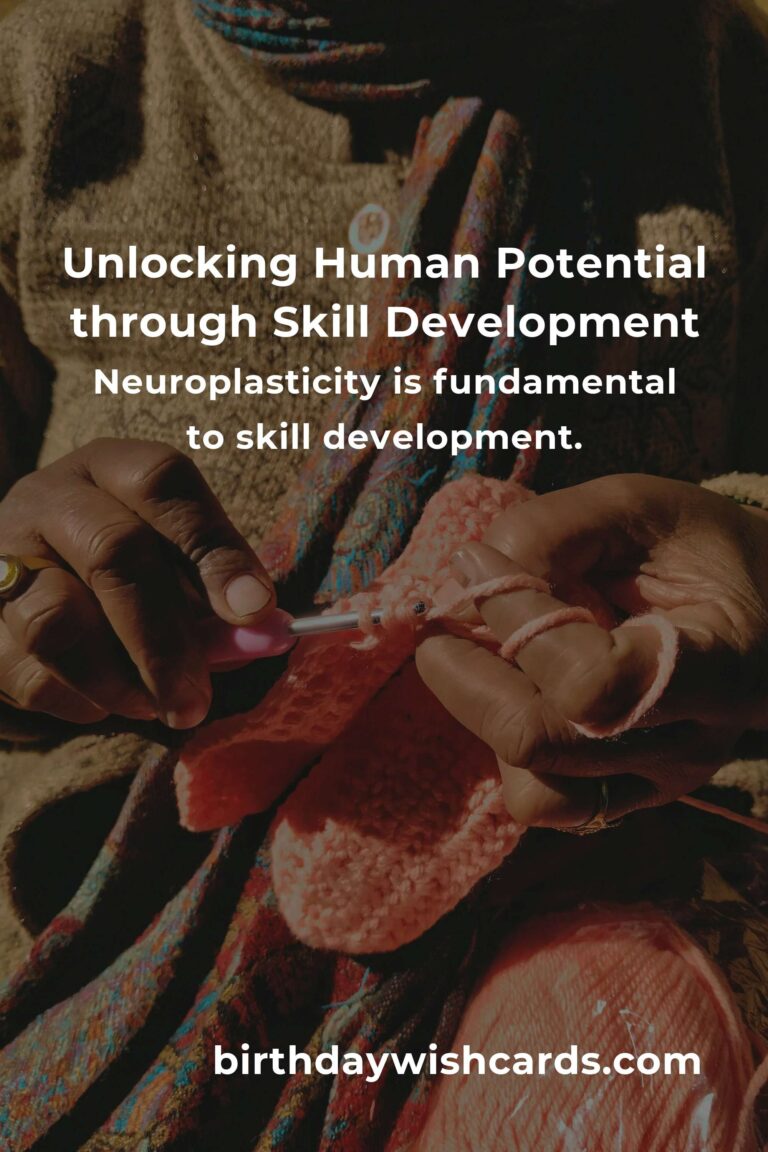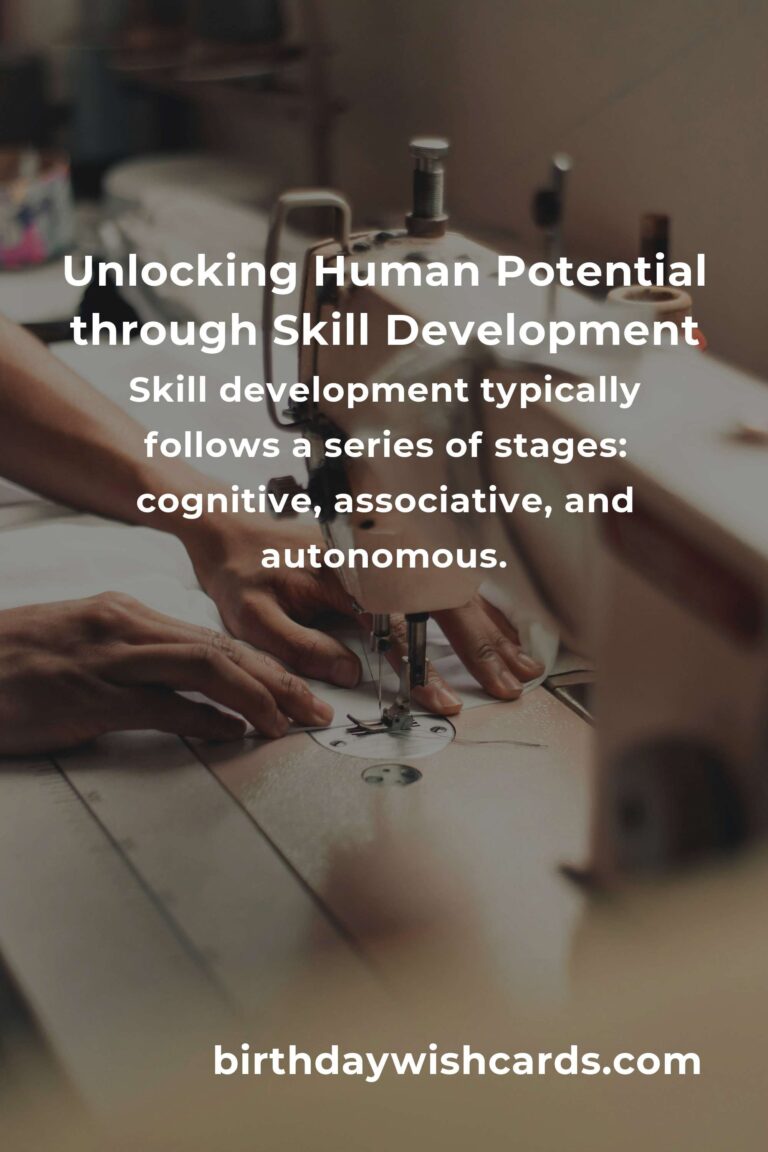
In today’s fast-paced world, the ability to acquire new skills quickly and efficiently is more important than ever. Whether it’s learning a new language, mastering a musical instrument, or excelling in a profession, the science of skill development provides us with blueprints to achieve our goals. This article delves into the science behind these blueprints, examining how we can optimize our learning processes.
Understanding Skill Acquisition
Skill acquisition is the process through which individuals learn and develop new abilities. This process involves neurological, psychological, and physiological changes that enable us to perform tasks with increased efficiency and effectiveness. The science of skill development provides insights into how these changes occur and how they can be accelerated.
Neuroscience of Learning
The brain’s ability to adapt and change, known as neuroplasticity, is fundamental to skill development. Neuroplasticity refers to the brain’s capacity to form new neural connections and reorganize existing ones. This adaptability allows us to learn new skills throughout our lives. Research shows that repeated practice and exposure to new challenges stimulate neuroplasticity, facilitating skill acquisition.
Stages of Skill Development
Skill development typically follows a series of stages, each characterized by different cognitive and behavioral processes. Understanding these stages can help us create effective blueprints for learning new skills. The stages include:
1. Cognitive Stage
In this initial stage, individuals focus on understanding the task and developing a basic strategy to approach it. This stage requires conscious effort and attention, as learners often make mistakes and require feedback to improve.
2. Associative Stage
As learners gain experience, they enter the associative stage, where they begin to refine their skills and make fewer errors. In this phase, performance becomes more consistent, and learners can start to adjust and optimize their strategies.
3. Autonomous Stage
The final stage of skill development is characterized by automaticity. Skills become second nature, requiring little conscious thought. This stage is achieved through extensive practice and repetition, allowing individuals to perform tasks effortlessly and efficiently.
Role of Deliberate Practice
Deliberate practice is a key component of effective skill development. Unlike regular practice, deliberate practice involves focused, structured, and intentional efforts to improve performance. It requires setting specific goals, receiving immediate feedback, and continually challenging oneself to push beyond current capabilities.
Impact of Motivation and Mindset
Motivation and mindset are critical factors in skill development. A growth mindset, which embraces challenges and views failures as opportunities for learning, fosters resilience and persistence. Intrinsic motivation, driven by personal interest and enjoyment, enhances engagement and facilitates sustained practice.
Technological Advancements in Skill Development
In recent years, technology has revolutionized skill development. Online platforms, virtual reality, and artificial intelligence offer innovative ways to learn and practice skills. These technologies provide personalized learning experiences, instant feedback, and access to a wealth of resources, making skill development more accessible than ever before.
Conclusion
The science behind skill development blueprints offers valuable insights into how we can unlock human potential. By understanding the processes of skill acquisition, harnessing the power of neuroplasticity, and leveraging deliberate practice, motivation, and technology, we can create effective strategies for personal and professional growth. As we continue to explore the science of learning, we can develop more efficient and impactful ways to acquire new skills and achieve our goals.
The ability to acquire new skills quickly and efficiently is more important than ever. Skill acquisition involves neurological, psychological, and physiological changes. Neuroplasticity is fundamental to skill development. Skill development typically follows a series of stages: cognitive, associative, and autonomous. Deliberate practice is a key component of effective skill development. Motivation and mindset are critical factors in skill development. Technology has revolutionized skill development in recent years.
#SkillDevelopment #LearningScience #Neuroplasticity #DeliberatePractice #GrowthMindset #TechnologyInLearning













